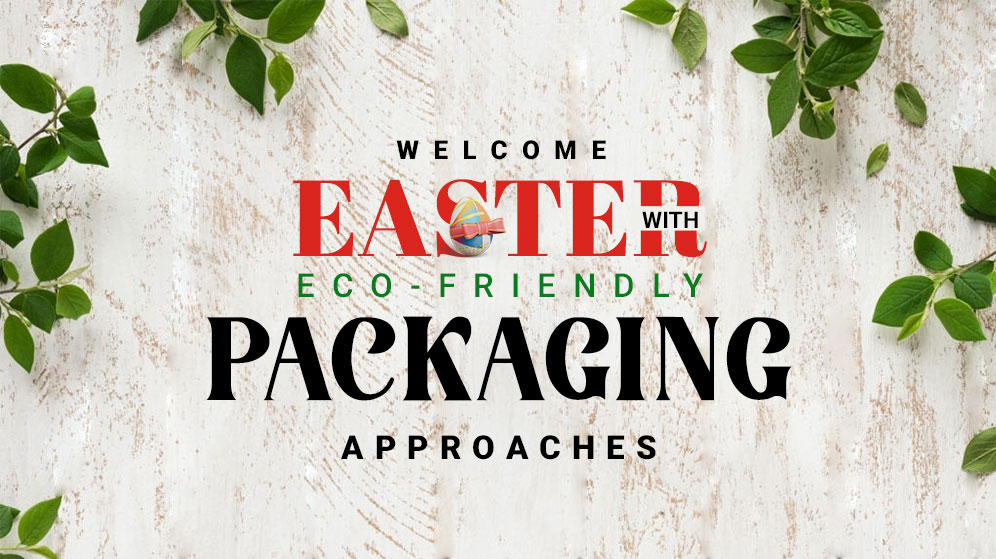
Every holiday season is celebrated with gifts, however, one that is most associated with chocolates and sweets, other than Halloween, is Easter. The most popular retailing item of the season is Easter eggs. Each brand has its own way of packaging its confectionaries, however, distracted by the celebratory spirit, most fail to take into account the care for the very thing we celebrate. When brands and businesses ignore the diverse effects of their Easter product packaging on the environment, there remains no point in celebrating the holiday!
Research shows the British have purchased more than 90 million Easter eggs per year which has been creating an estimated 3,000 tonnes of waste. Here are a few ways that your brand can reduce its environmental impacts:
Go for Minimum Packaging:
Normally, Easter products come in unnecessarily excessive packaging that accounts for one-fourth of the product’s weight, sometimes the packaging could even go to 40% of the product’s net weight. It is a common feat among best-selling eggs or the ones that come with a touch of extravaganza.
Going for minimum packaging is an adored concept among customers as most have already expressed their concern over more-than-needed packaging. This inclination towards sustainability was observable in a recent study that shows 62% of customers are willing to pay more for products that have minimum or no plastic packaging.
One of the best examples of listening to customers’ demands comes from Nestle. The global brand managed to reduce its product packaging by almost 30% which is figured to be around 700 tonnes of waste avoided. This stands as a strong instance of how fulfilling customer demands can help you sustain your business and retain consumers.
Plan your new Easter packaging around the use of paper materials, biodegradable replacements, and overall reduced packaging material.
Make Recycling Easy:
Recycling is a process that is specified for each material differently where the treatments and processing are different. A packaging that contains plastic and paper, or one that is a mixture of paper, foil, and plastic, poses challenges in the process of recycling. An inadequate recycling process that has been interfered with by different materials can result in contaminated produces.
There are solutions that would require retailers and customers to work together in an attempt to overcome the problem. Sellers must either start using a single packaging material, preferably eco-friendly, or make the separation or dismantling of their packaging easier. Customers that purchase these packaging must play their part by properly taking the packaging apart and putting them in their respective bins.
Make Packaging as Recyclable as Possible:
Statistics show how almost 89% of customers often mistake non-recyclable materials for recyclables. This results in impure reproduction and contamination of the new products. To avoid this contamination recycler might not even consider the recycling of such compounds and they may eventually end up in landfills and incinerators. It will not only be a harm to the environment but also a great loss of highly potent economical resources. Consumers have their eyes peeled out for any mistakes for brands to make and they cannot be lamed. For far too long the environment’s wellbeing has been ignored and prices are being paid now. Your brand must be in line with this global trend to be able to retain customers.